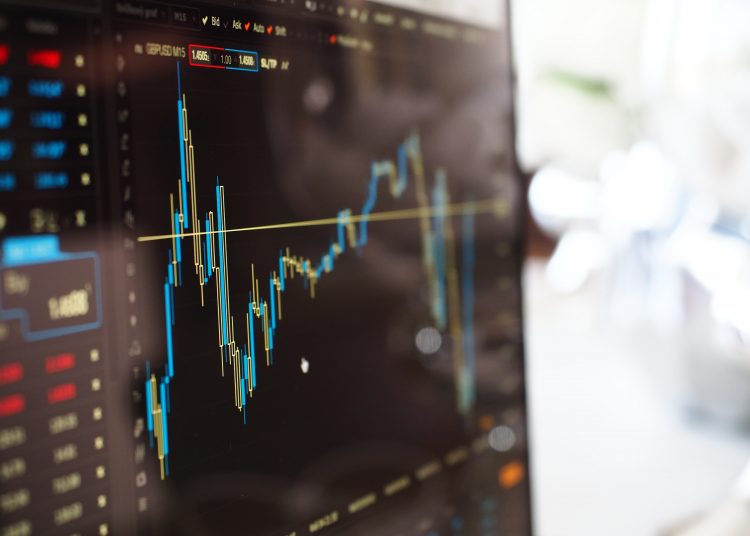Position trading is a longer-term form of investing that can be used to profit from price movements in various markets. In this article, we will look at the basics of position trading and how traders can use this approach to set up trades in the UK market.
We will also explore some standard risk management techniques used in trading positions. By understanding these concepts, traders can start to build a foundation for their successful position trading strategy.
Check out Saxo for more info on getting started today.
What is a position in the UK trading marketplaces?
When we talk about a position in the UK trading marketplaces, we refer to the number of shares or options an investor owns. If an investor owns 100 shares, they would have a position in that company. Investors who buy ten options contracts would also have a position. Two types of positions can be taken in the UK marketplaces: long and short.
A long position is when an investor buys shares or options with the expectation that the price will rise. A short position is when an investor sells shares or options with the expectation that the price will fall. When investors take a long or short position, they are said to be taking a directional view of the market.
Directional views can be taken on various markets, including stocks, options, futures, and currencies. In the UK marketplace, options are the most popular way to take a directional view. It is because options give traders leverage, which means they can control many shares with a small amount of capital.
When taking a long or short position in the UK marketplaces, it is essential to remember that you are taking on additional risk. It is because you are making a bet on the market’s direction. If the market moves against you, you could lose money.
How do I set up a position to trade in the UK marketplaces?
There are two ways to set up a position trade in the UK marketplaces. The first way is to use a broker. A broker is a middleman who will execute trades on your behalf. When you use a broker, you must provide them with your investment instructions.
The second way to set up a position trade is to use an online trading platform. Online trading platforms are designed for DIY investors who want to trade without a broker. You must open and fund an account when using an online trading platform. Once your account is funded, you can start placing trades. When setting up a position trade, it is vital to understand your investment goals clearly.
You will need to take a short-term position to make a quick profit. You must be prepared to exit your trade if the market moves against you. You can take a longer-term position if you are looking for long-term capital growth. It means holding onto your trade for extended periods and cancelling any short-term market fluctuations.
Once you have your investment goals, you must choose the right market to trade-in. There are a variety of different markets that you can trade in the UK marketplaces, including stocks, options, futures, and currencies. Each market has unique characteristics, so it is essential to choose a market you are familiar with.
Once you have chosen your market, you must select the proper security to trade. When trading stocks, you must choose a stock that you believe will rise in value. When trading options, you must choose an options contract with a strike price below the current market price.
When setting up a position trade, it is vital to set stop-loss and take-profit orders. A stop-loss order is an order that is placed to sell a security if it falls to a specific price. A take-profit order is an order that is placed to sell a security if it rises to a specific price.
Stop-loss and take-profit orders are designed to protect your profits and limit losses. They are an essential part of risk management.
You will also need to decide on your trade size. Your trade size will dictate how much money you are willing to risk. It is important to remember that the larger the size of your trade, the greater the potential for loss.
Once you have set up your position trade, you will need to monitor it closely. It means monitoring the market conditions and ensuring that your stop-loss and take-profit orders are in place.






![Is Tokyo Ghoul on Netflix? [How to Watch Online]](https://avctv.com/wp-content/uploads/2022/08/AAAABct1DaUzhEt4JeJFeDrmaE_4CGAu39fBN6poMx10hAlWlMRjkkAw84hjmuujWTy2wFC7_Pjnujec-_PqT1GCnnMFMJ15S04baJn1b0WvvbG6hrSNb31_GS4--120x86.jpg)





